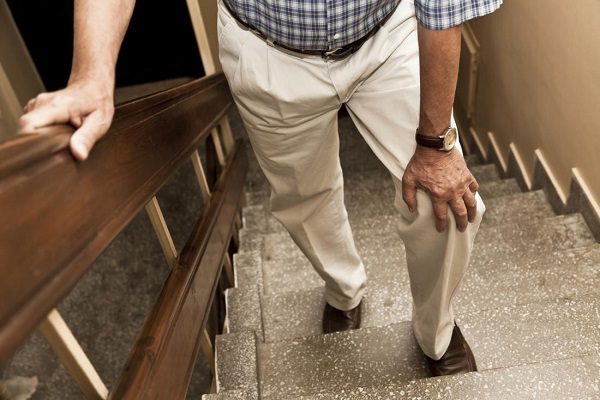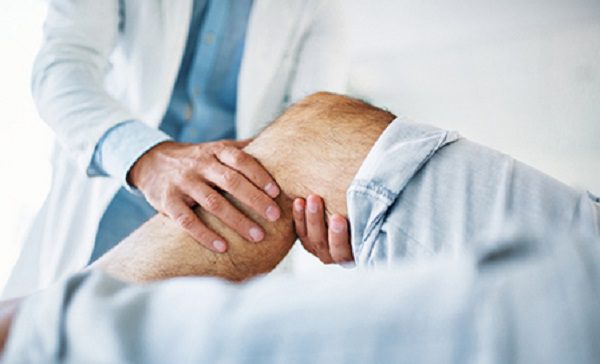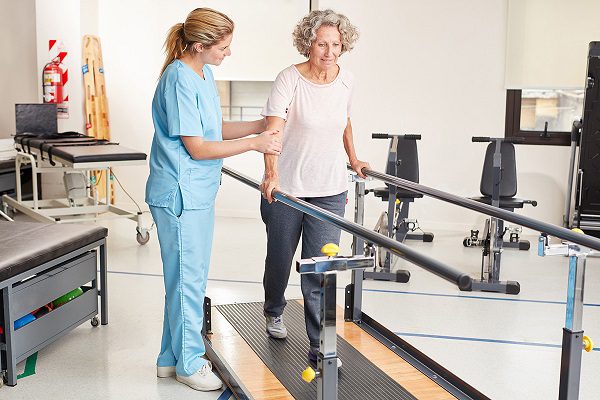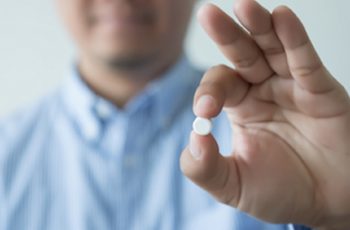Let Us Get To Know The Best Exercise for Peripheral Artery Disease
The symptoms of peripheral artery disease can be managed through exercise. This will help to alleviate some of your pain and cramps while also keeping you in good physical shape. The symptoms of PAD can be quite subtle at first, with only minor effects on your daily life. However, if left untreated it is predicted that 10% percent will have an episode causing them distress or limitations in their activities each year due to this condition.

Peripheral artery disease can make it difficult for you to walk or use your limbs. It’s caused by narrowed arteries, which reduce the blood flow in those parts of our body especially the lower legs (and feet). The plaque buildup along with these blockages makes it hard for oxygen-rich blood to perfuse through them – this result in pale skin tone and fragile tissue that becomes more prone to break down easily leading to ultimately loss of function over time. Performing physical activity could help by increasing blood flow in this region which is crucial for relieving symptoms like swelling or cramping – even if they do require some preparation beforehand depending on what type of best exercise for Peripheral Artery Disease one chooses (i e walking vs running).
Exercise and PAD

When you have a PAD, it can be difficult to manage your symptoms. Quitting smoking or exercising regularly are two great ways of treating the condition conservatively and maintaining health for those who suffer from this type of heart disease. When you’re feeling pain and discomfort from your feet, it can be hard to think of anything else. But don’t let the idea that exercise will just make things worse keep PAD sufferers away.
Pick the right footwear
Right now, the shoes you wear while exercising can make or break your workout. Find a good pair that offers support and protection for all of those hardworking muscles. A thick sock will also help with pressure points so give them some thought next time around.
Get warmed up
It is never too early to start preparing your body for the rigors of the workout season. To do this, take at least 10-15 seconds each time you are stretching by focusing on the calf and thigh muscles before getting into any activity or exercise session.
Start with baby steps
The best exercise for peripheral artery disease is interval walking. The key to preventing PAD is interval walking. You can do this by finding a treadmill or going on an all-day journey around your neighborhood and taking breaks when you feel like it, even if that means mild pain. Repeat the process several times with starts at 30 minutes total time for each walk but build-up towards 50+.

If you find walking too stressful, try swimming in a pool where your body is supported by water and doesn’t have to carry its weight. For some extra difficulty when building up tolerance, climb stairs or hills on the treadmill; increase incline levels from 0-5% slope for an additional challenge. Although interval walking does require you to experience and work through some discomfort, never push yourself past your pain limits.
Try other exercises
You can get your blood moving and feel better at the same time by doing something as simple, yet effective as stationary bikes or elliptical machines. You’ll work out without adding pressure on top of what feels too painful in the lower half. Mixing it up with yoga might also do wonders for helping you forget those aches while staying active. Don’t let your PAD symptoms keep you from the things you love to do. If you long for the days when you could comfortably take a stroll around the block or be active with your family. And never start a workout regimen without consulting your doctor.





